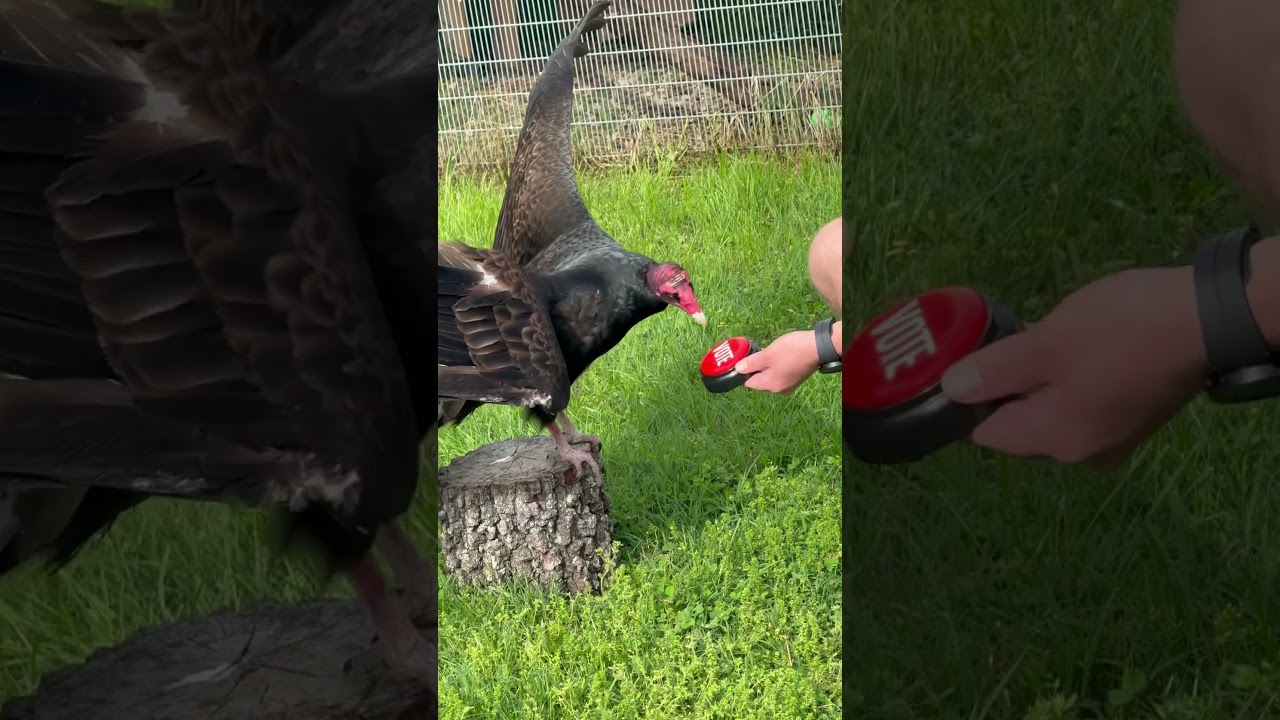- The role of aquariums in wildlife conservation and education.
- The importance of voting and public engagement in conservation initiatives.
- The impact of modern marketing, including social media campaigns, on conservation efforts.
- Understanding animal behavior and communication as a vital tool in conservation.
- Highlighting the influence of popular culture, such as Barbie, in promoting environmental awareness.
Aquariums have long been a crucial player in wildlife conservation and education. They serve as living museums where the public can engage with marine life in a learning environment. By showcasing diverse ecosystems and educating visitors about marine biodiversity, aquariums foster a deeper understanding and appreciation for aquatic life.
Engagement from the public is essential for these institutions. They rely on visitor support and public voting initiatives to secure funding and recognition that bolster their conservation efforts. Campaigns urging the public to vote can make significant impacts by channeling community attention and resources toward preserving marine habitats.
The "Our animals say it best! VOTE VOTE VOTE for WOW" campaign is a perfect illustration of utilizing public involvement to generate support. Marketing approaches, particularly through social media, can magnify the outreach of such initiatives. These platforms create a dynamic way to engage global audiences, inspire action, and demonstrate the importance of conservation work.
Understanding animal behavior and communication plays a fundamental role in these institutions’ educational prowess. By interpreting how animals interact with their environment, aquariums can provide insights into ecological balance and the effects of human activity on marine life. This knowledge is pivotal for developing effective conservation strategies.
Furthermore, the intersection of popular culture with environmental themes, exemplified by the mention of Barbie, serves to enhance public awareness. Pop culture icons can significantly influence public perception and behaviors, making them powerful allies in triggering societal shifts toward conservation-minded actions. Through collaborations and themed exhibits, these popular figures can captivate and educate simultaneously, broadening the appeal and impact of conservation messages.
In summary, aquariums aim to be stewards of wildlife conservation by educating and engaging the public through strategic marketing, studying animal behavior, and leveraging popular culture to amplify their message. These efforts are vital in sustaining global biodiversity and promoting a more conscientious interaction with our natural world.
*****
Source Description


